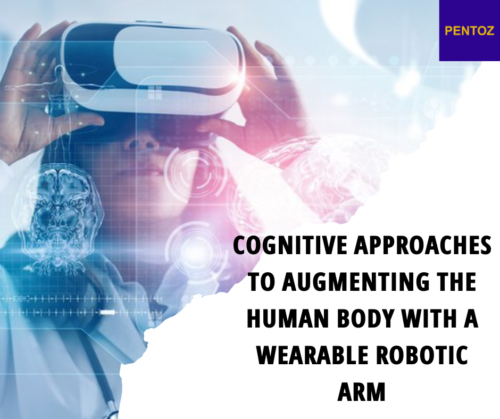Silvestro Micera, a neuroengineer, creates advanced technology solutions to assist people in regaining sensory and motor functions that have been lost due to traumatic experiences or neurological illnesses. He has never previously worked on improving the human body and cognition using technology.
Micera and his colleagues describe in Science Robotics on how diaphragm movement can be monitored for successful control of an extra arm, basically augmenting a healthy individual with a third – robotic – arm.
“This study opens up new and exciting opportunities, showing that extra arms can be extensively controlled and that simultaneous control with both natural arms is possible,” says Micera, Bertarelli Foundation Chair in Translational Neuroengineering at EPFL and professor of Bioelectronics at Scuola Superiore Sant’Anna.
The research is part of the Third-Arm project, which was previously sponsored by the Swiss National Science Foundation (NCCR Robotics) and intends to create a wearable robotic arm to aid in daily duties or in search and rescue. Micera believes that investigating the cognitive limitations of third-arm control could lead to a deeper understanding of the human brain.
“The main motivation of this third arm control is to understand the nervous system,” Micera explains. When you challenge the brain to accomplish something completely new, you can learn whether the brain is capable of doing so and whether it is possible to facilitate this learning. We can then use this knowledge to create supportive products for persons with disabilities or stroke therapy methods.”
“We want to know if our brains are hardwired to control what nature has given us, and we’ve shown that the human brain can adapt to coordinate new limbs alongside our biological ones,” says co-PI Solaiman Shokur of the EPFL Neuro-X Institute. “It’s about acquiring new motor functions, going beyond the existing functions of a given user, whether healthy or disabled.” From the standpoint of the nervous system, it’s a continuum between recovery and augmentation.”
To investigate the cognitive limits of augmentation, the researchers first created a virtual environment in which a healthy person could manipulate a synthetic arm via diaphragmatic movement. They discovered that manipulating one’s diaphragm does not interfere with actions like as directing one’s physiological arms, speaking, or sight.
The user is outfitted with a belt that measures diaphragm movement in this virtual reality setup.
The user sees three arms when wearing a virtual reality headset: the right arm and hand, the left arm and hand, and a third arm between the two with a symmetric, six-fingered hand.

















